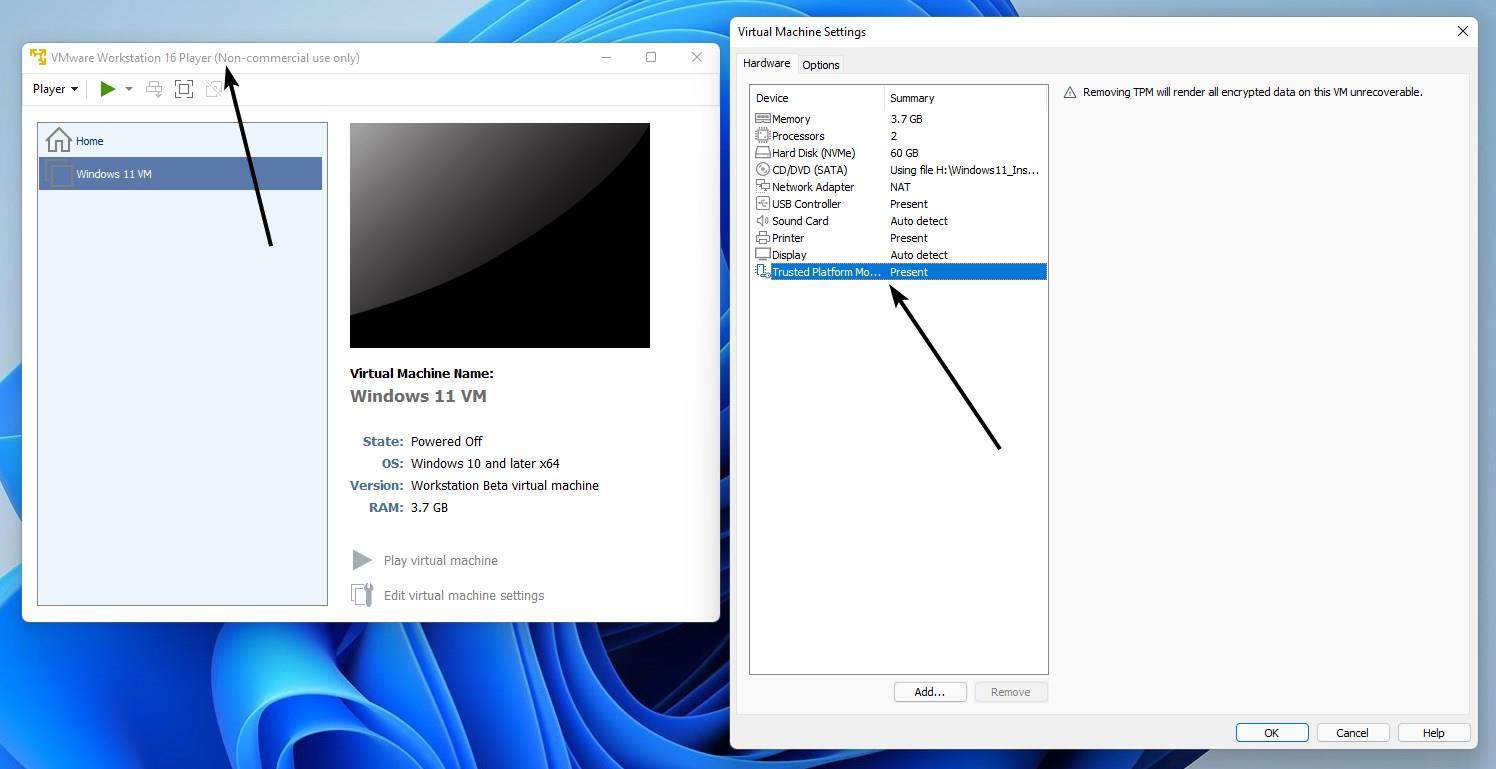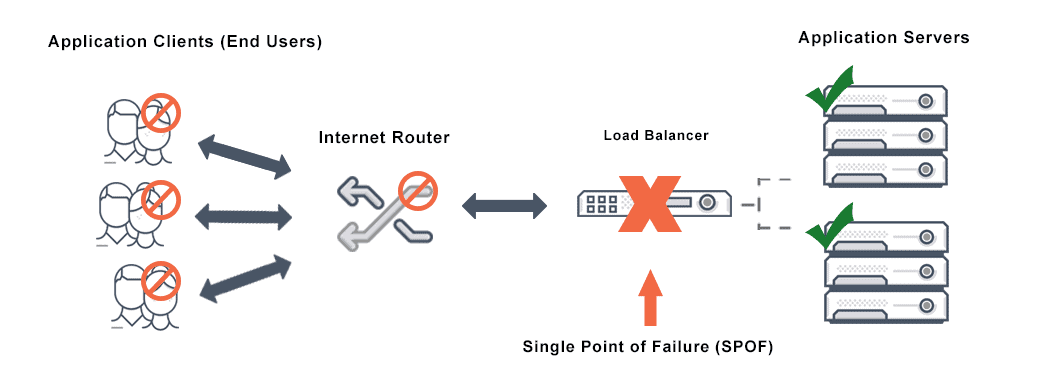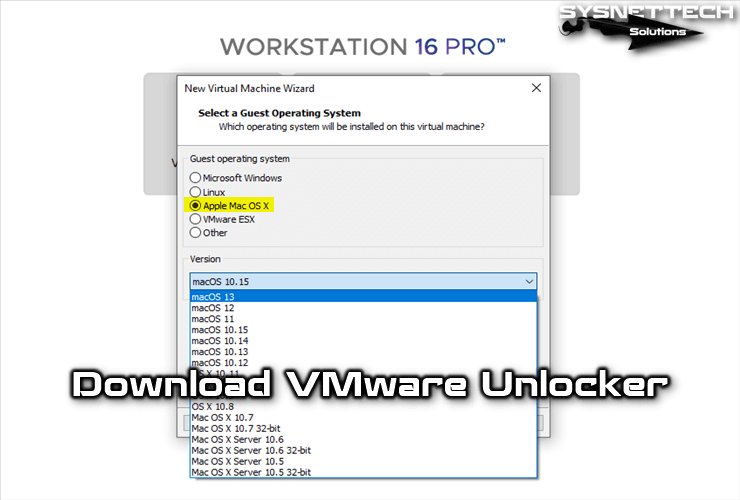

- VMWARE PLAYER DOWNLOAD KEEPS FAILING MAC OS X
- VMWARE PLAYER DOWNLOAD KEEPS FAILING INSTALL
- VMWARE PLAYER DOWNLOAD KEEPS FAILING DRIVERS
- VMWARE PLAYER DOWNLOAD KEEPS FAILING UPDATE
I’m going to walk you step-by-step through the process of fixing each little glitch as we run into it. VMware technically doesn’t support OS X 10.4 through 10.6 (except for the server versions of 10.5 and 10.6), but if you follow these directions, it will work.
VMWARE PLAYER DOWNLOAD KEEPS FAILING INSTALL
Finally, you need access to a newer install disc that has a compatible kernel you can borrow, so it makes more sense to just use the newer disc to install it in the first place.
VMWARE PLAYER DOWNLOAD KEEPS FAILING UPDATE
You also have to install the 10.4.11 combo update onto the hard drive before it will be bootable, because the kernel installed by the older disc ends up having the same problem. The process is complicated and easy to screw up. I’d recommend not doing this for several reasons.

It is actually possible to take an older 10.4 install disc and replace its kernel, kexts, and supporting files with newer versions that are capable of booting into VMware. An install disc for a Core 2 Duo MacBook Pro (MacBookPro3,1) with 10.4.10 works fine with no modifications.
VMWARE PLAYER DOWNLOAD KEEPS FAILING DRIVERS
I think it is missing the proper drivers for the storage controllers emulated by VMware, because it gets stuck waiting for the root device when I try to boot the CD, regardless of whether I make the CD drive SATA or IDE. My MacBook Pro 17″ Core Duo (MacBookPro1,2) came with 10.4.6, and its installer disc will not boot a VMware VM. I’d recommend shooting for version 10.4.7 or higher.

You’ll need a 10.4 install DVD that originally came with an Intel Mac from that era. As I’ve already mentioned, the Intel build of 10.4 was never released as a retail copy. The first challenge is you need to find an OS X 10.4 install disc that contains the Intel version. If you really don’t care about following the rules on this, there is an unlocker that you can run to modify VMware Player or VMware Workstation to support OS X guests on Windows and Linux.
VMWARE PLAYER DOWNLOAD KEEPS FAILING MAC OS X
Once again, this is because Mac OS X’s license agreement only allows you to run Mac OS X on Macs. You have to be using VMware Fusion to do this, because the Windows and Linux versions of VMware don’t support virtualizing OS X. I would like to give credit to the following sites/forums for helping to explain various pieces of the puzzle: This is mostly just a compilation of information available on different parts of the internet. I’m going to do my best to explain what to do. In order to create a VMware virtual machine of Mac OS X 10.4, there are several challenges that you have to overcome. Who knows - maybe it’s still useful for certain developers who still need to test how things work on 10.4 without keeping an old power-hungry machine around that is capable of running it. With that said, I really doubt Apple cares about such an old version of OS X these days, and I think creating a VM of it is a really cool thing to do for educational purposes. And technically, it’s against OS X’s license agreement to virtualize it (same with the non-server versions of 10.5 and 10.6). Nobody’s really using it anymore because it’s so old. It was only bundled with the first Intel Macs before 10.5 “Leopard” came out in 2007.īecause of the way it was weirdly released, it’s not super common to virtualize OS X 10.4 for Intel. There wasn’t a retail copy of the Intel version of Tiger. Because the Intel version came out in 2006 after the PowerPC version had already been in stores, it’s kind of a weird release. It was also the version that Apple first used on its Intel Macs in 2006. If you can believe it, Mac OS X 10.4 “Tiger” is over 12 years old as of this writing.


 0 kommentar(er)
0 kommentar(er)
